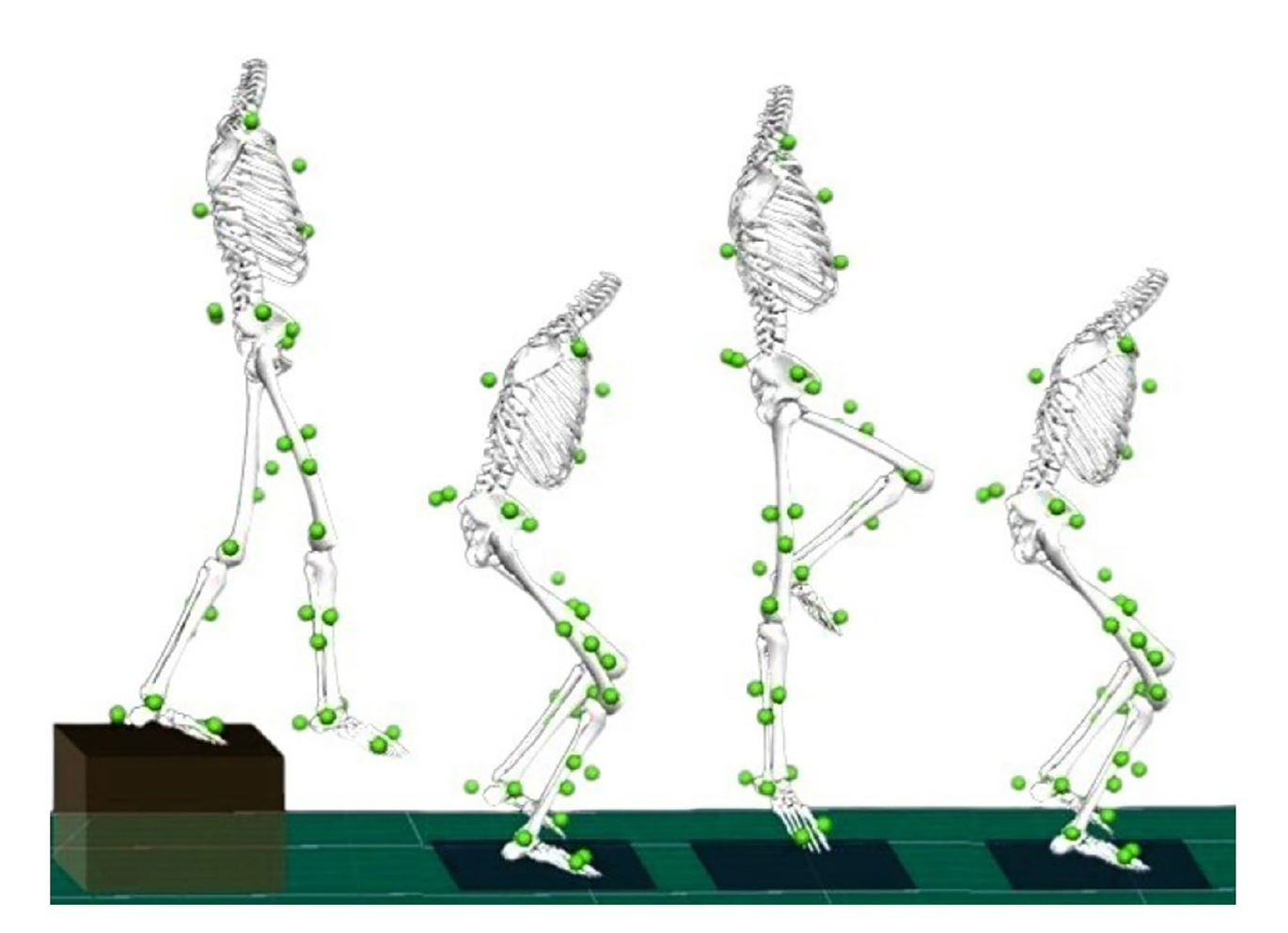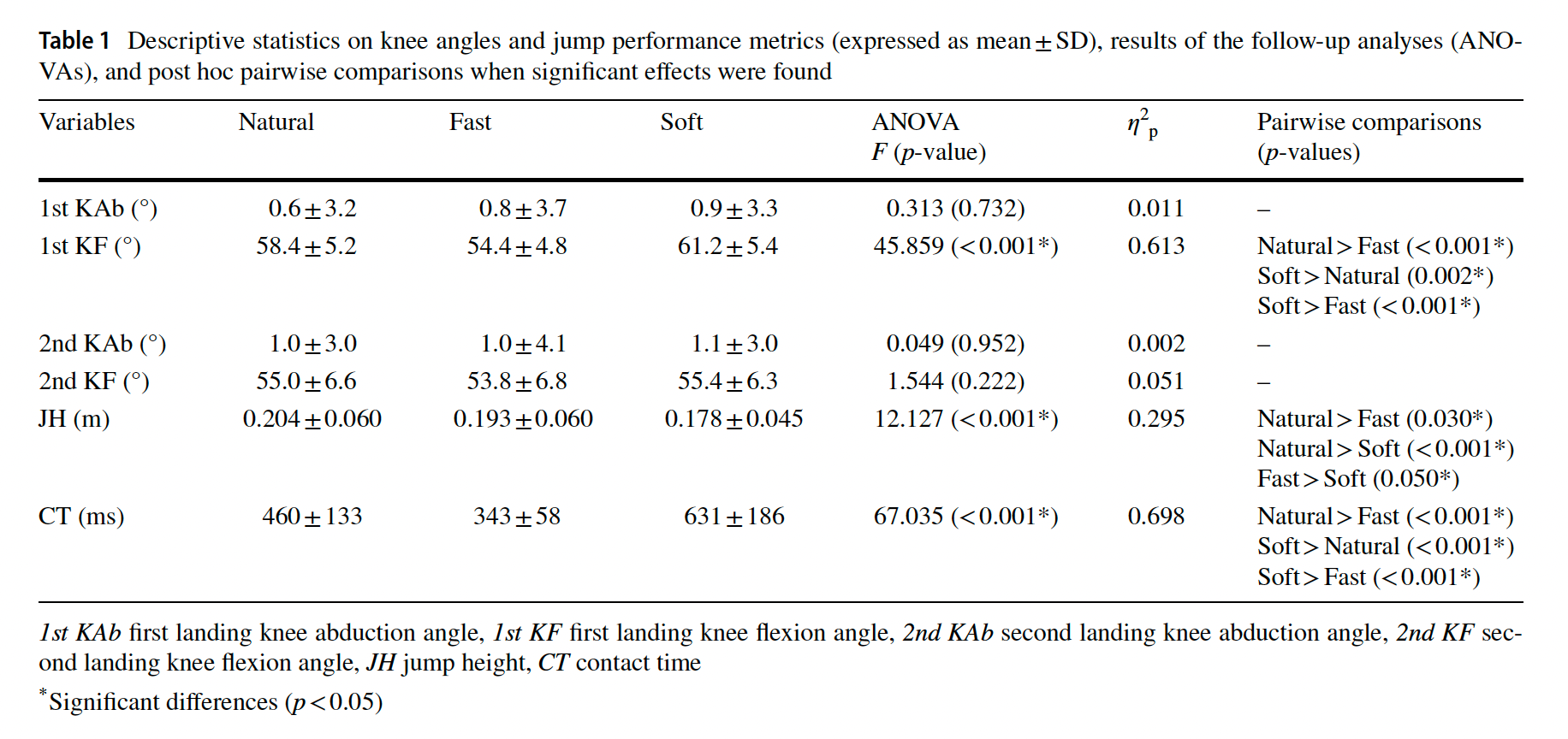Coaches often encourage athletes to “land softly” to protect the knee.
While this may reduce injury risk, it may also limit performance by reducing subsequent jump height or slowing movements.
This study examined whether different external focus cues (“fast” vs “soft”) would change how athletes landed during a single-leg drop jump, and whether those changes revealed a trade-off between performance and safety.
Does cueing athletes to land “fast” or “soft” change their knee mechanics and jumping ability?
Master Performance Coaching & Elevate Your Career in Just 6 Weeks with a Global Community of Professionals
What Did the Researchers Do?
Researchers tested 30 amateur athletes (13 women, 17 men), ages 18–30, from soccer, basketball, volleyball, rugby, and tennis.
The Task
- Athletes performed a single-leg drop jump from a 30 cm box.
- They landed on one leg (first landing), immediately jumped vertically, and then landed again on the same leg (second landing).
The Cues
Each athlete repeated the task under three conditions, guided by external focus instructions:
- Natural: “Jump as you normally would and aim to go as high as possible.”
- Fast: “Jump high but get off the ground as quickly as possible.”
- Soft: “Jump high but cushion the landing to reduce impact.”
Measurements
- Knee flexion (how much the knee bent) and knee abduction/valgus (inward collapse) during the first 100 ms after ground contact (a critical window for ACL injuries).
- Jump height, calculated from flight time.
- Ground contact time.
The researchers compared how these measures changed between the three cueing conditions, for both the first and second landings.

What Were the Results?
First Landing (between the drop and the jump):
Knee Flexion and Valgus
- “Soft” = most knee bend (61°)
- “Natural” = moderate bend (58°)
- “Fast” = least bend (54°)
No differences between conditions for Knee Valgus.
Jump Height
- Highest in “Natural” (~20 cm)
- Lower in “Fast” (~19 cm)
- Lowest in “Soft” (~18 cm)
Contact Time
- Fast = shortest (343 ms)
- Natural = middle (460 ms)
- Soft = longest (631 ms)
Second Landing (after the vertical jump):
- Similar trends (soft = more bend, fast = less bend), but the differences were not statistically significant.
- This suggests athletes may focus more on the first landing when they are consciously following cues, while the second landing may be influenced more by fatigue or automatic reactions.

What Does This Mean?
- A “soft” cue ⮕ encourages athletes to bend their knees more and "absorb" force, which may reduce ACL risk, but it comes at the cost of longer ground contact and lower jump height.
- A “fast” cue ⮕ makes athletes more explosive and reactive by allowing for shorter ground contact, but it also results in less knee flexion, which could increase the risk of ACL loading.
Limitations
- No force plate or EMG data was collected, so actual joint loading and muscle activity were not measured.
- Controlled lab tasks may not fully capture what happens in chaotic game situations.
Coach’s Takeaway
- Cue “soft” for return-to-play testing or to teach mechanics.
- Cue “fast” in training blocks that emphasize reactivity and speed.
- Athletes should be able to land softly when safety is the goal and land fast when performance is the priority.
I hope this helps,
Rasmey
Reference:
Brunetti C, Poletti N, Zago M, Bertozzi F, Sforza C. (2025). External focus of attention influences the performance–injury risk conflict during drop jumps. Sport Sciences for Health.




